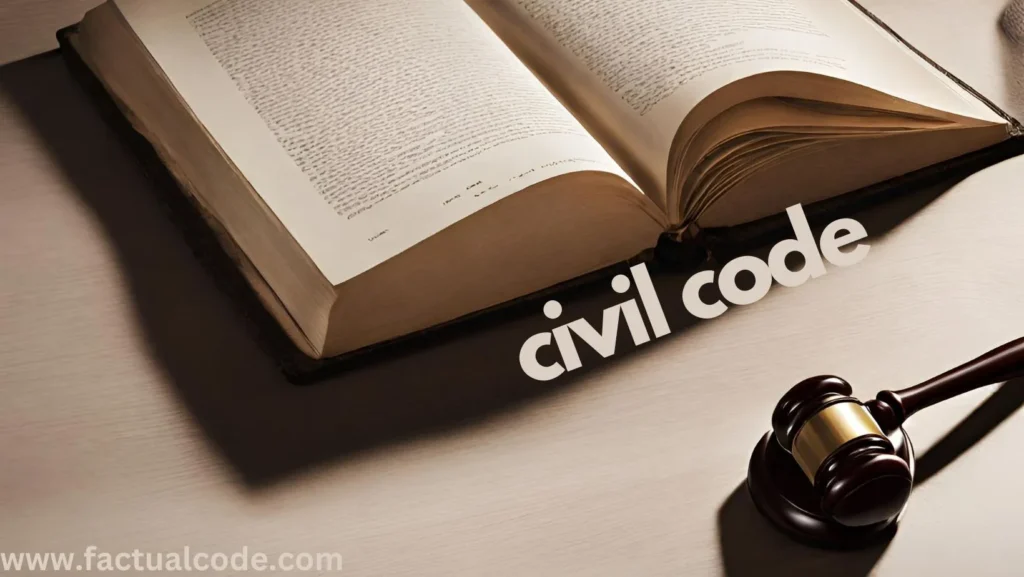I. Written Statement
Definition and Meaning
A written statement is the reply submitted by the defendant to the plaint filed by the plaintiff under Order VIII of the Code of Civil Procedure, 1908. It serves as the defendant’s formal pleading, either admitting or denying the plaintiff’s allegations and outlining any defenses or counterclaims.
Essentials of a Written Statement
Form and Structure:
- It must be signed and verified by the defendant as per Order VI, Rule 14 and 15.
- It should clearly state material facts concisely, without irrelevant details.
Timeline for Filing:
- The written statement must be submitted within 30 days of receiving the summons, extendable to 120 days under exceptional circumstances (Order VIII, Rule 1).
- Case Law: Kailash v. Nanhku (2005) – The Supreme Court held that the timeline for filing is directory, not mandatory, provided valid reasons for delay are given.
Legal Provisions Related to Written Statement
- Order VIII, Rule 2: The defendant must disclose all material grounds of defense, including those based on new facts such as fraud or misrepresentation.
- Order VIII, Rule 3: General denials must be specific, avoiding vague or blanket statements.
- Order VIII, Rule 5: Allegations not specifically denied are deemed admitted unless disproved.
II. Set-off
Definition and Meaning
Set-off refers to a statutory defense where the defendant claims an amount owed by the plaintiff to reduce their own liability. It is governed by Order VIII, Rule 6 of the CPC.
Types of Set-off
Legal Set-off:
- A fixed, ascertained sum of money must be due.
- Claims must arise from mutual debts of the same nature.
- Example: If A sues B for ₹50,000 and B owes A ₹30,000, B can plead set-off for ₹30,000.
Equitable Set-off:
- Recognized through judicial precedents, it applies when claims arise from closely related transactions, even if unascertained.
- Case Law: Union of India v. Karam Chand Thapar (2004) – Equitable set-off is permissible when claims are intrinsically connected, even if they are unliquidated.
Conditions for Pleading Set-off
- Both parties must hold reciprocal claims.
- The debt must be legally enforceable and within the jurisdiction of the court.
III. Counterclaim
Definition and Meaning
A counterclaim is a cross-suit filed by the defendant against the plaintiff, arising from the same or a connected transaction. It is governed by Order VIII, Rule 6A to 6G of the CPC.
Essentials of Counterclaim
- Must arise from the same or connected transactions as the plaintiff’s suit.
- Treated as a plaint and subject to all rules of pleadings under Order VI of the CPC.
- It remains valid even if the plaintiff’s suit is withdrawn or dismissed.
Conditions for Pleading Counterclaim
- Must comply with the limitation period applicable to the counterclaim.
- Should be filed with the written statement or subsequently with the court’s permission.
- Case Law: Ashok Kumar Kalra v. Wing Cdr. Surendra Agnihotri (2020) – The counterclaim must be filed before the issues are framed to avoid delays.
IV. Distinction Between Set-off and Counterclaim
Distinction Between Set-off and Counterclaim
| Aspect | Set-off | Counterclaim |
|---|---|---|
| Nature | Defensive Plea | Independent Cross-Action |
| Scope | Limited to debts or liquidated sums | Covers broader claims related to the transaction |
| Legal Basis | Order VIII, Rule 6 | Order VIII, Rule 6A |
| Arises From | Generally mutual debts | Same or connected transaction |
Copyright © 2024 factualcode.com
V. Supporting Case Laws
1. Madan Lal v. Sunderlal (1967)
This landmark judicial precedent clarified the scope of set-off and counterclaim in civil suits, outlining the circumstances under which a defendant can raise a set-off (under Order 8, Rule 6) or a counterclaim (under Order 8, Rule 6A) in their written statement.
Key Points from the Case:
- The Court established that a set-off may be pleaded when the defendant’s claim arises from mutual debts or transactions with the plaintiff. This allows the defendant to reduce or extinguish the plaintiff’s claim.
- Counterclaims are broader, enabling the defendant to assert an independent claim arising from the same transaction or subject matter as the plaintiff’s original suit.
2. B.O.I. Finance Ltd v. The Custodian & Ors (1997)
In this significant judicial precedent, the court focused on procedural aspects of raising counterclaims in commercial and financial disputes. Although it didn’t directly address set-offs, it provided important insights into the right of a defendant to raise a counterclaim in response to a plaintiff’s action.
Key Points from the Case:
- The court upheld the defendant’s right to raise a counterclaim in response to a plaintiff’s claim, provided it arises from the same transaction or is connected to the dispute.
- The case reaffirmed that counterclaims could be raised even if the defendant’s claim is not merely defensive but an independent action against the plaintiff.
VI. Conclusion
A written statement is essential to present a defendant’s response and defense in a suit. Set-off serves as a defensive tool for mutual debts, while counterclaim allows defendants to file independent claims arising from the same or connected transactions. Both concepts enhance procedural efficiency and enable the resolution of disputes comprehensively within a single suit.
Recommended Posts
References- THE CODE OF CIVIL PROCEDURE, 1908 www.drishtijudiciary.com Order VIII of the Code of Civil Procedure, 1908 Order VI, Rule 14 and 15 Order VIII, Rule 1 Kailash v. Nanhku (2005) Order VIII, Rule 2 Order VIII, Rule 3 Order VIII, Rule 5 Order VIII, Rule 6 Union of India v. Karam Chand Thapar (2004) Order VIII, Rule 6A to 6G Order VI of the CPC Ashok Kumar Kalra v. Wing Cdr. Surendra Agnihotri (2020) Madan Lal v. Sunderlal (1967) B.O.I. Finance Ltd v. The Custodian & Ors (1997)

